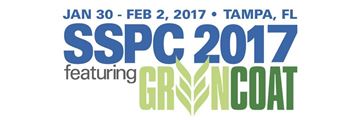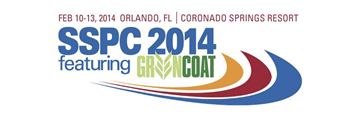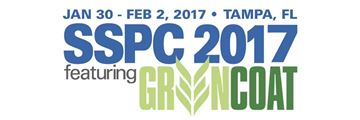Search
Products tagged with 'formulation'
View as
Sort by
Display
per page
An Investigation of Improving Metal Adhesion of CationicallyUV-Curable, Bio-based Epoxy Coatings
Product Number:
51217-072-SG
Publication Date:
2017
$20.00
Development of a concentrated corrosion inhibitor compatible with produced water brine and scale inhibitor
Product Number:
51320-14668-SG
Publication Date:
2020
$20.00
Development of Linings for High Temperature, High Pressure Applications for Petrochemical Applications
Product Number:
41214-838-SG
Publication Date:
2014
$20.00
Non-isocyanate Glycidyl Carbamate Based, Fouling-Release Marine Coatings
Product Number:
51217-063-SG
Publication Date:
2017
$20.00
Novel Acrylic Epoxy Hybrid Coatings for Metal Protection Applications
Product Number:
41216-966-SG
Publication Date:
2016
$20.00
What’s a Polyurea Elastomer Contractor to Do?
Product Number:
41206-279-SG
Publication Date:
2006
$20.00






